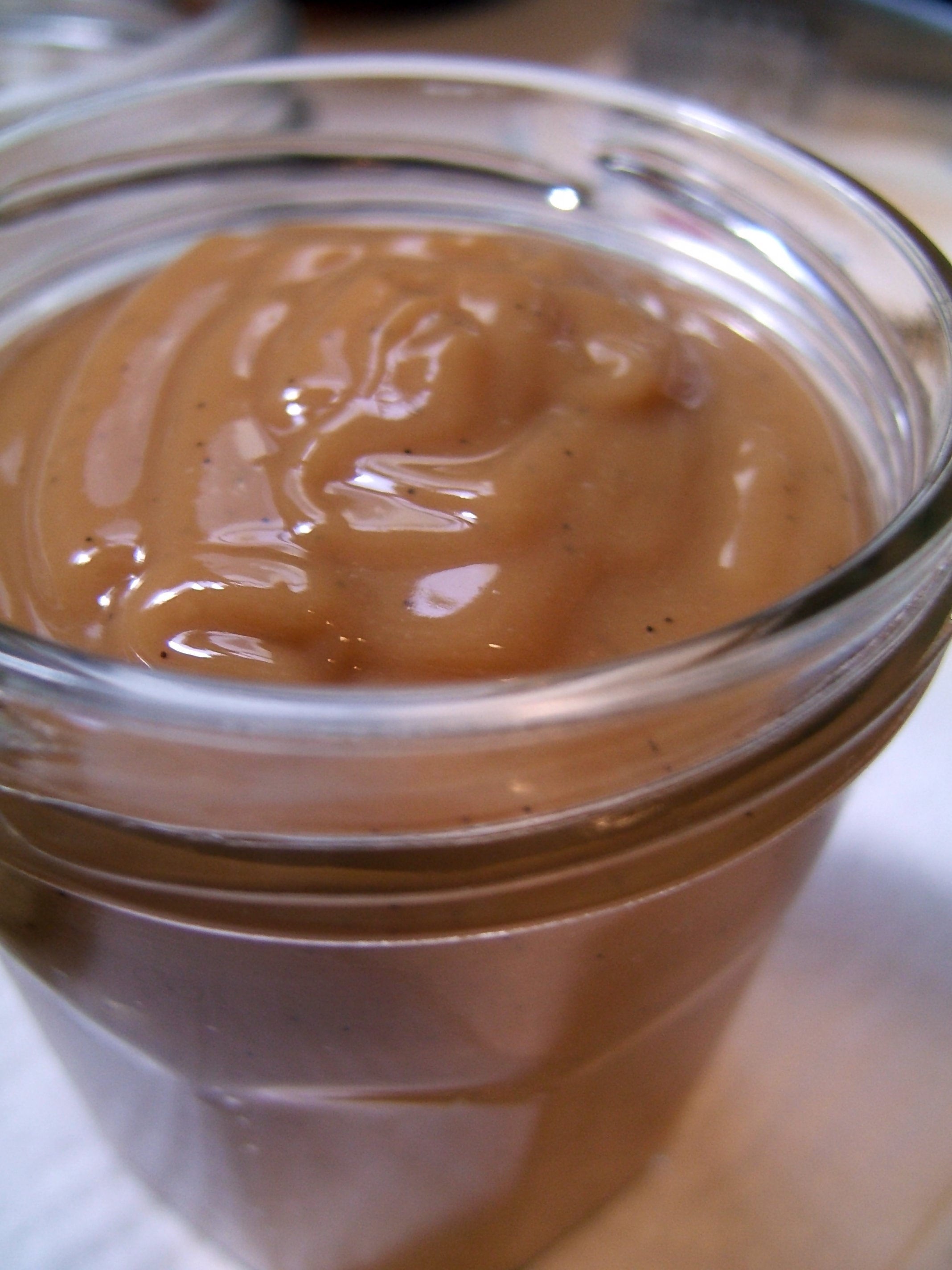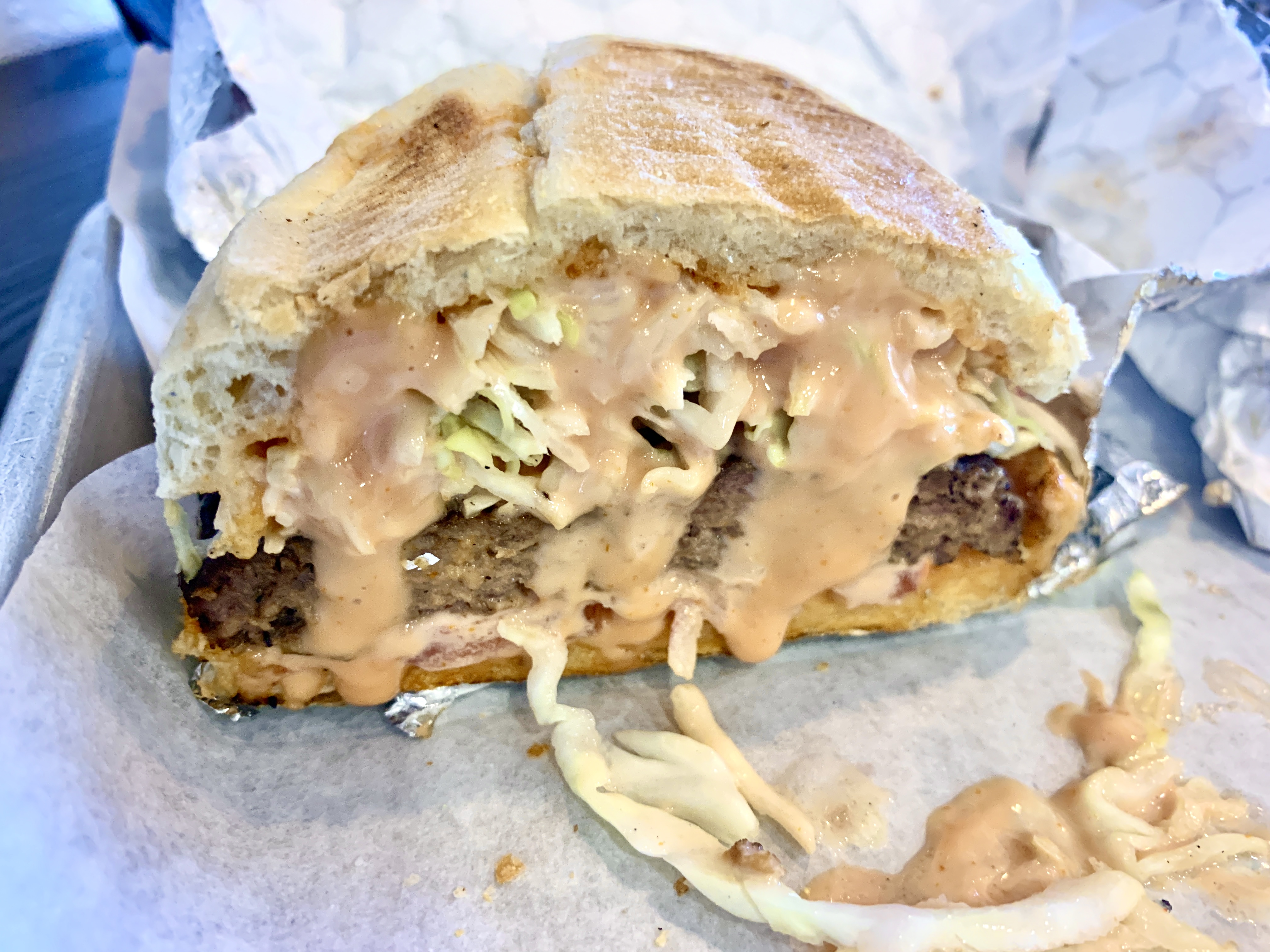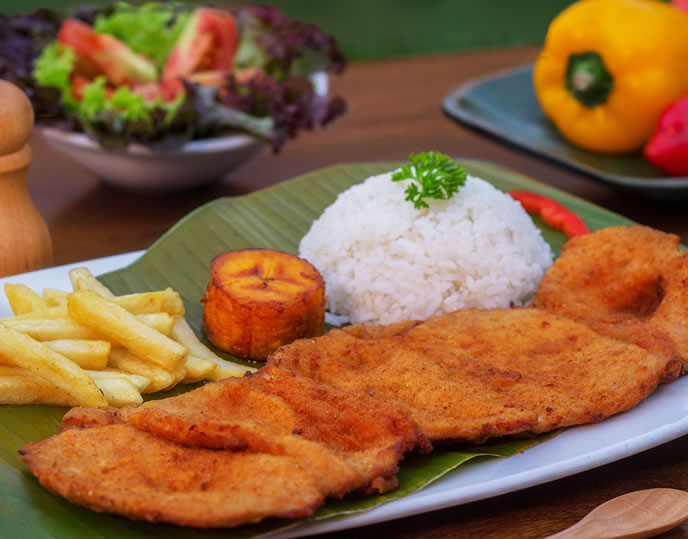|
Arabic Rice
Arabic rice or rice with vermicelli (in Classical Arabic: ٱلْأَرُزُّ بِٱلشُّعَيْرِيَّةِ; ''Al-Aruzz bi-sh-shu'ayriyyat'', in Lebanese Arabic: ''Rizz bi-sh-shʿayriyyeh'' "rice with vermicelli"; in Turkish, ''şehriyeli pirinç pilavı'') is a traditional preparation of rice in the Middle East, a variant of the simpler cooked rice recipe, but adding lightly toasted vermicelli (tiny noodles). The rice cooking method is known as ''pilaf'', by which the rice is fluffy, light and does not stick. Traditionally, a long-grain rice, such as ''basmati'' or ''jasmine'', is used, although short-grain rice, such as '' bomba'' or ''misri'' ("Egyptian"), can be used perfectly. Brown rice can also be used. The ''vermicelli'' used is the finest variety of noodles, called '' şehriye'' in Turkey, or ''shariyah'' (شعرية) in Arab countries, ''pastina'' or ''cappellini'' in Italy, and '' cabello de angel'' in Spain. They are a finer variety than ''spaghetti''. As a fat a ... [...More Info...] [...Related Items...] OR: [Wikipedia] [Google] [Baidu] |
Rice
Rice is the seed of the grass species ''Oryza sativa'' (Asian rice) or less commonly ''Oryza glaberrima ''Oryza glaberrima'', commonly known as African rice, is one of the two domesticated rice species. It was first domesticated and grown in West Africa around 3,000 years ago. In agriculture, it has largely been replaced by higher-yielding Asian r ...'' (African rice). The name wild rice is usually used for species of the genera ''Zizania (genus), Zizania'' and ''Porteresia'', both wild and domesticated, although the term may also be used for primitive or uncultivated varieties of ''Oryza''. As a cereal, cereal grain, domesticated rice is the most widely consumed staple food for over half of the world's World population, human population,Abstract, "Rice feeds more than half the world's population." especially in Asia and Africa. It is the agricultural commodity with the third-highest worldwide production, after sugarcane and maize. Since sizable portions of sugarcane and ma ... [...More Info...] [...Related Items...] OR: [Wikipedia] [Google] [Baidu] |
şehriye
Şehriye is a variety of pasta or kesme consisting of tiny pieces of pasta, typically of a round (irregular) shape with a diameter of about one-sixteenth of an inch. It is the smallest type of pasta produced. It is made of wheat flour and may also include egg. Şehriye is used in many different ways in Turkish cuisine, including as an ingredient of soup Soup is a primarily liquid food, generally served warm or hot (but may be cool or cold), that is made by combining ingredients of meat or vegetables with stock, milk, or water. Hot soups are additionally characterized by boiling solid ing ..., desserts, infant food and also, alone, as a distinct and unique pasta dish. References {{Turkish pasta Turkish cuisine Turkish pasta Types of pasta ... [...More Info...] [...Related Items...] OR: [Wikipedia] [Google] [Baidu] |
Couscous
Couscous ( '; ber, ⵙⴽⵙⵓ, translit=Seksu) – sometimes called kusksi or kseksu – is a Maghrebi dish of small steamed granules of rolled durum wheat semolina that is often served with a stew spooned on top. Pearl millet, sorghum, bulgur, and other cereals are sometimes cooked in a similar way in other regions, and the resulting dishes are also sometimes called couscous. Couscous is a staple food throughout the Maghrebi cuisines of Algeria, Tunisia, Mauritania, Morocco, and Libya. It was integrated into French and European cuisine at the beginning of the twentieth century, through the French colonial empire and the Pieds-Noirs of Algeria. In 2020, couscous was added to UNESCO's Intangible Cultural Heritage list. Etymology The word ''couscous'' (alternately ''cuscus'' or ''kuskus'') was first noted in early 17th century French, from Arabic kuskus, from kaskasa ‘to pound’, and is probably of Berber origin. The exact formation of the word presents some obscur ... [...More Info...] [...Related Items...] OR: [Wikipedia] [Google] [Baidu] |
Arab World
The Arab world ( ar, اَلْعَالَمُ الْعَرَبِيُّ '), formally the Arab homeland ( '), also known as the Arab nation ( '), the Arabsphere, or the Arab states, refers to a vast group of countries, mainly located in Western Asia and Northern Africa, that linguistically or culturally share an Arab identity. A majority of people in these countries are either ethnically Arab or are Arabized, speaking the Arabic language, which is used as the '' lingua franca'' throughout the Arab world. The Arab world is at its minimum defined as the 18 states where Arabic is natively spoken. At its maximum it consists of the 22 members of the Arab League, an international organization, which on top of the 18 states also includes the Comoros, Djibouti, Somalia and the partially recognized state of Palestine. The region stretches from the Atlantic Ocean in the west to the Arabian Sea in the east, and from the Mediterranean Sea in the north to the Indian Ocean in the sout ... [...More Info...] [...Related Items...] OR: [Wikipedia] [Google] [Baidu] |
Arroz Vs Cuscus
Rice is the seed of the Poaceae, grass species ''Oryza sativa'' (Asian rice) or less commonly ''Oryza glaberrima'' (African rice). The name wild rice is usually used for species of the genera ''Zizania (genus), Zizania'' and ''Porteresia'', both wild and domesticated, although the term may also be used for primitive or uncultivated varieties of ''Oryza''. As a cereal, cereal grain, domesticated rice is the most widely consumed staple food for over half of the world's World population, human population,Abstract, "Rice feeds more than half the world's population." especially in Asia and Africa. It is the agricultural commodity with the third-highest worldwide production, after sugarcane and maize. Since sizable portions of sugarcane and maize crops are used for purposes other than human consumption, rice is the most important food crop with regard to human nutrition and caloric intake, providing more than one-fifth of the Food energy, calories consumed worldwide by humans. There ... [...More Info...] [...Related Items...] OR: [Wikipedia] [Google] [Baidu] |
Chilean Cuisine
Chilean cuisine stems mainly from the combination of traditional Spanish cuisine, Chilean Mapuche culture and local ingredients, with later important influences from other European cuisines, particularly from Germany, the United Kingdom and France. The food tradition and recipes in Chile are notable for the variety of flavours and ingredients, with the country's diverse geography and climate hosting a wide range of agricultural produce, fruits and vegetables. The long coastline and the peoples' relationship with the Pacific Ocean add an immense array of seafood to Chilean cuisine, with the country's waters home to unique species of fish, molluscs, crustaceans and algae, thanks to the oxygen-rich water carried in by the Humboldt Current. Chile is also one of the world's largest producers of wine and many Chilean recipes are enhanced and accompanied by local wines. The confection dulce de leche was invented in Chile and is one of the country's most notable contributions to worl ... [...More Info...] [...Related Items...] OR: [Wikipedia] [Google] [Baidu] |
Peruvian Cuisine
Peruvian cuisine reflects local practices and ingredients including influences mainly from the indigenous population, including the Inca, and cuisines brought by immigrants from Europe (Spanish cuisine, Italian cuisine); Asia (Japanese cuisine and Chinese cuisine); and Africa (Maghrebi cuisine and West African cuisine). Without the familiar ingredients from their home countries, immigrants modified their traditional cuisines by using ingredients available in Peru. The four traditional staples of Peruvian cuisine are corn, potatoes and other tubers, Amaranthaceaes (quinoa, kañiwa and kiwicha), and legumes (beans and lupins). Staples brought by the Spanish include rice, wheat and meats (beef, pork and chicken). Many traditional foods—such as quinoa, kiwicha, chili peppers, and several roots and tubers—have increased in popularity in recent decades, reflecting a revival of interest in native Peruvian foods and culinary techniques. Chef Gaston Acurio has become well known for ... [...More Info...] [...Related Items...] OR: [Wikipedia] [Google] [Baidu] |
Dominican Republic Cuisine
Dominican cuisine is made up of Spanish, indigenous Taíno, Middle Eastern and African influences. As in Spain, the largest, most important meal of the day is lunch. Its most typical form, nicknamed ''la bandera'' ("the flag"), consists of white rice, red beans and meat (beef, chicken, pork, or fish), sometimes accompanied by a side of salad. Dishes and their origins The Dominican Republic was formerly a Spanish colony. Many Spanish traits are still present in the island. Many traditional Spanish dishes have found a new home in the Dominican Republic, some with a twist. African and Taíno dishes still hold strong, some of them unchanged. All or nearly all food groups are accommodated in typical Dominican cuisine, as it incorporates meat or seafood; grains, especially rice, corn (native to the island), and wheat; vegetables, such as beans and other legumes, potatoes, ''yuca'', or plantains, and salad; dairy products, especially milk and cheese; and fruits, such as oranges, ba ... [...More Info...] [...Related Items...] OR: [Wikipedia] [Google] [Baidu] |
Colombian Cuisine
Colombian cuisine is a compound of the culinary traditions of the six main regions within Colombia (Pacific, Amazonian, Andean, Orinoco, Caribbean, and Insular). Colombian cuisine varies regionally and is particularly influenced by Indigenous Colombian, Spanish, and African cuisines, with slight Arab influence in some regions. Furthermore, being one of the most biodiverse countries in the world, Colombia has one of the widest variety of available ingredients depending on the region. History of Colombian food Colombian food is a unique blend of indigenous and European traditions with a strong Afro-Caribbean influence. The two largest indigenous groups prior to European conquest were the Tairona, who lived along the Caribbean coast, and the Muisca, who lived in the highlands to the South. Arepas, made from ground corn, are one of the oldest cooked dishes in Colombian cuisine. It is believed that the name derives from the word for corn in the Chibcha languages. Arepas are a popul ... [...More Info...] [...Related Items...] OR: [Wikipedia] [Google] [Baidu] |
Ghee
Ghee is a type of clarified butter, originating from India. It is commonly used in India for cooking, as a traditional medicine, and for religious rituals. Description Ghee is typically prepared by simmering butter, which is churned from cream (traditionally made by churning the topmost layer of curd, which is also called the ''Bilona'' method), skimming any impurities from the surface, then pouring and retaining the clear liquid fat while discarding the solid residue that has settled to the bottom. Spices can be added for flavor. The texture, color, and taste of ghee depend on the quality of the butter, the milk source used in the process, and the duration of boiling time. Etymology The word ''ghee'' comes from sa, घृत (', ) 'clarified butter', from ''ghṛ-'' 'to sprinkle'. In Dravidian languages, it is also known as te, నెయ్యి '('neyyi''), ta, நெய் or துப்பகம் (''tuppakam''), ml, നെയ്യ് (''ney'') and kn, ತ� ... [...More Info...] [...Related Items...] OR: [Wikipedia] [Google] [Baidu] |
Samneh
''Smen'' (from ar, سمن or سمنة also called ''sman'', ''semn'', ''semneh'', or ''sminn'') is a salted, fermented butter, and a traditional Yemeni dish. In Yemen, Yemenis prepare a special version of ''semneh'' (سمنة) which is smoked with aromatic herbs inside of a gourd in order to impart deeper flavour and aid in preservation. However, smen is also an important ingredient in Middle Eastern cuisine and North African cuisine, North African cooking. It is produced using the butter made from the milk of sheep, goats or a combination of the two. The butter is brought to its boiling point for about 15 minutes, then skimmed, strained into a ceramic jar called a ''khabia'', and salted before it curdles. Some have it as a practice to add roasted fenugreek seeds to the boiling butter, after which it is strained from the fenugreek seeds. Thyme is often added to it to provide a yeast and enzyme starter. Other plants or fruits can be used. The result is then aged, often in sealed co ... [...More Info...] [...Related Items...] OR: [Wikipedia] [Google] [Baidu] |








